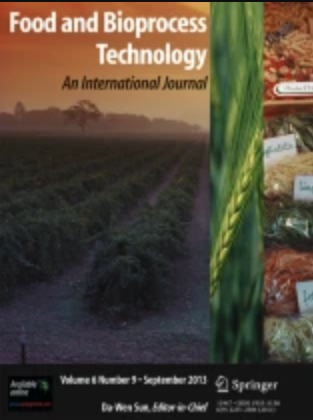Enzymatic Synthesis and Properties of Medium-Long-Medium Structured Lipids from Different Sources of Oil Rich in Long-Chain Unsaturated Fatty Acids
Abstract
Medium- and long-chain structured lipids (MLSLs) with long-chain unsaturated fatty acids at the sn-2 position has healthful benefits, but their enzymatic synthesis mechanism is unclear. Different plant oils related to chemical structures of triglyceride can synthesize various composition of MLSLs. In order to reveal the formation rule of MLSLs from different source. Thirty edible plant oils were used to prepare MLSLs by enzymatic interesterification, and their molecular structure and physicochemical properties were analyzed. Among them, 12 kinds of MLSLs rich in linoleic acid were mainly composed of the components of 1,3-dioctonyl-2-linoleoyl glyceride and 1-decanoyl-2-linoleoyl-3-octanoyl glyceride. Eight oleic acid–rich MLSLs were mainly 1,3-dioctonyl-2-oleoyl glyceride and 1-decanoyl-2-oleoyl-3-octanoyl glyceride components. Five MLSLs rich in linoleic/oleic acid consisted of the above components. Five linolenic acid–rich MLSLs mainly contained 1,3-dioctanoyl-2-linolenoyl glyceride and 1-decanoyl-2-linolenoyl-3-octanoyl glyceride. These MLSLs exhibited coexisting micromorphology of β and β′ crystals. The molecular docking simulation showed that MLSL molecules that interacted with the active pocket (Tyr183-Thr226-Arg262-Arg312-Ser357-Gln359-Trp425 residues) on the sequence of Lipozyme RMIM had a lower affinity energy than with the binding sites (Asn11-Gln15-Ser81-Ser83-Arg84-Ser85-Val230 residues) on Lipozyme TLIM. The relationship of source-structure-physicochemical property provides an in-depth insight into the formation mechanism of MLSLs by enzymatic synthesis in the agri-food industry.

 求助内容:
求助内容: 应助结果提醒方式:
应助结果提醒方式:


